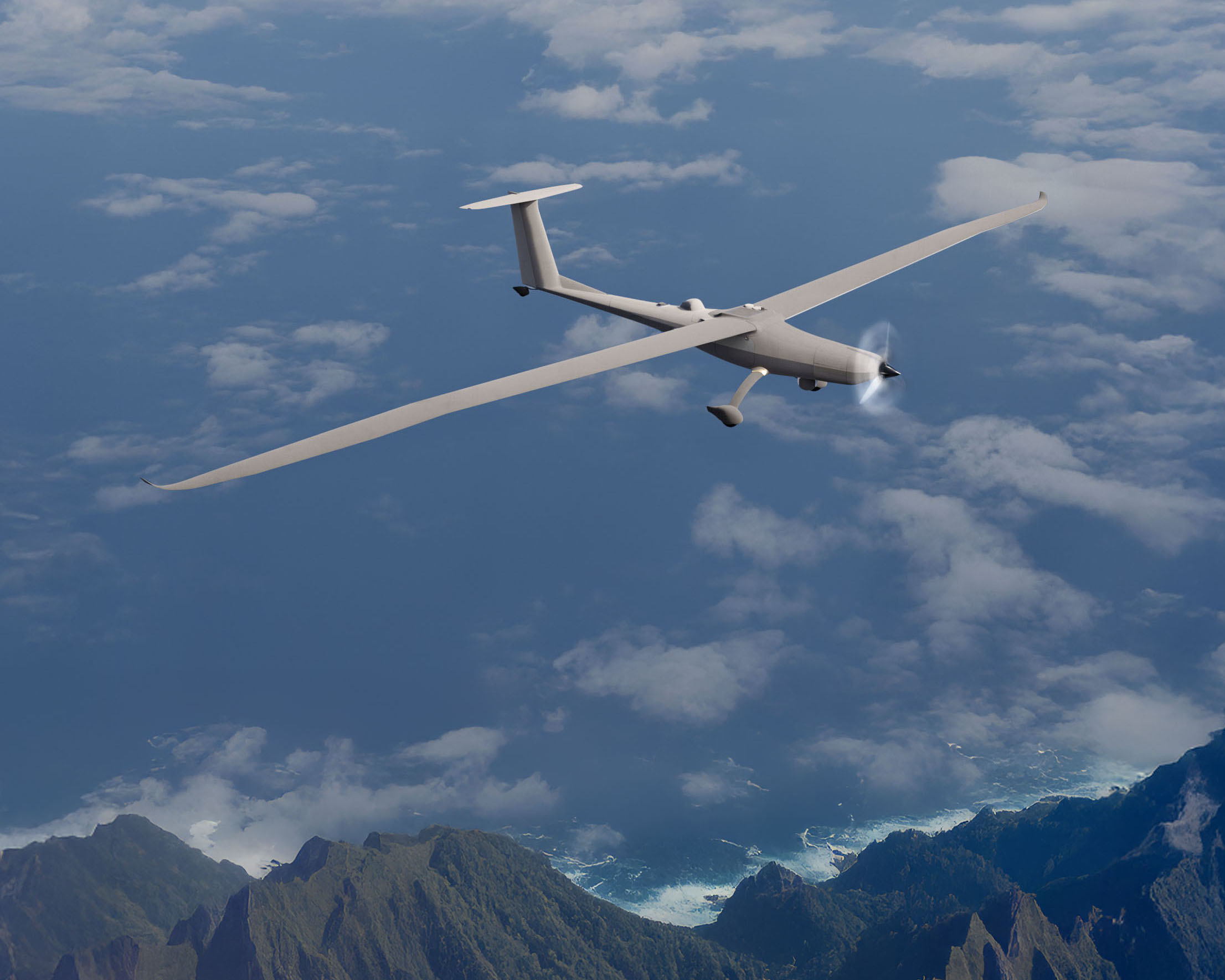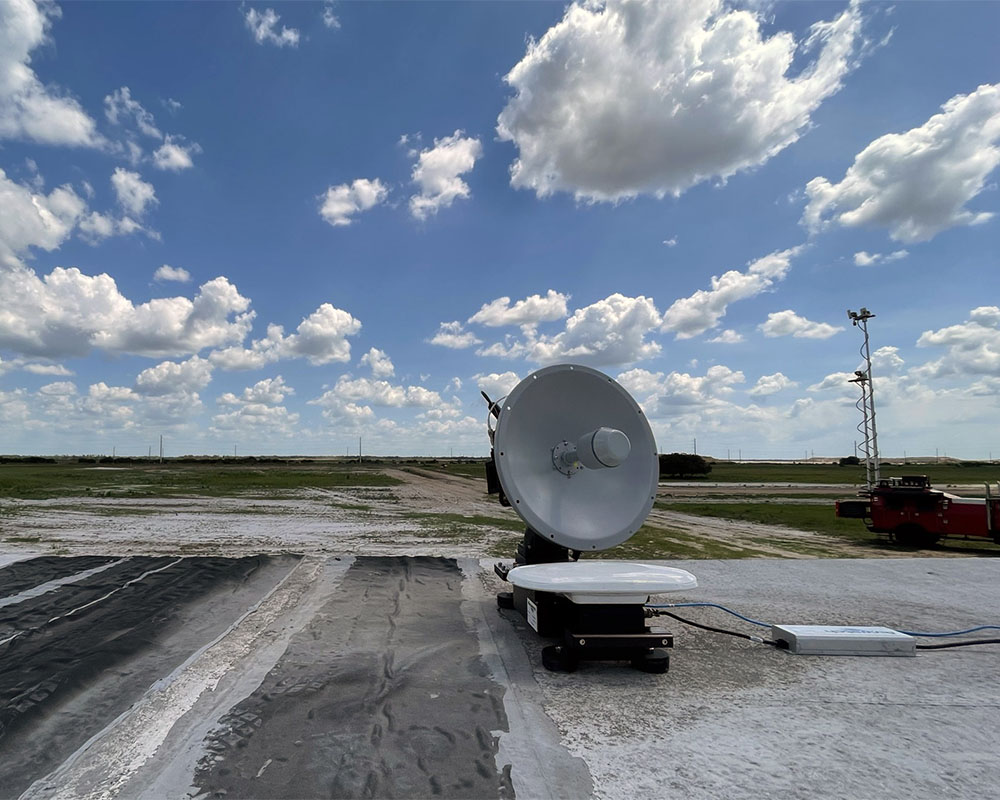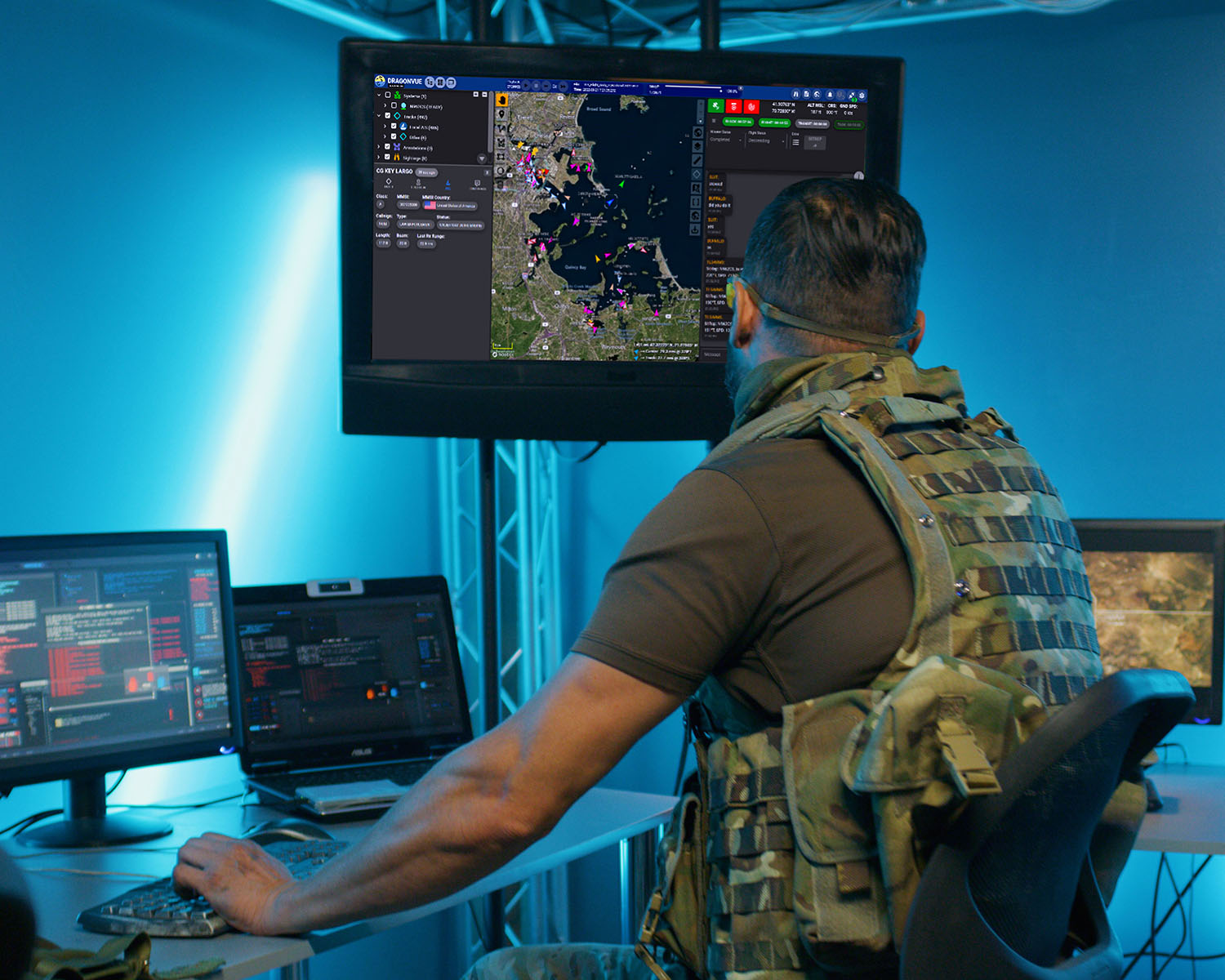Airborne Solutions
Increased domain awareness through manned / unmanned systems, plus mobile data connections for improved tracking and networking of aerial assets.
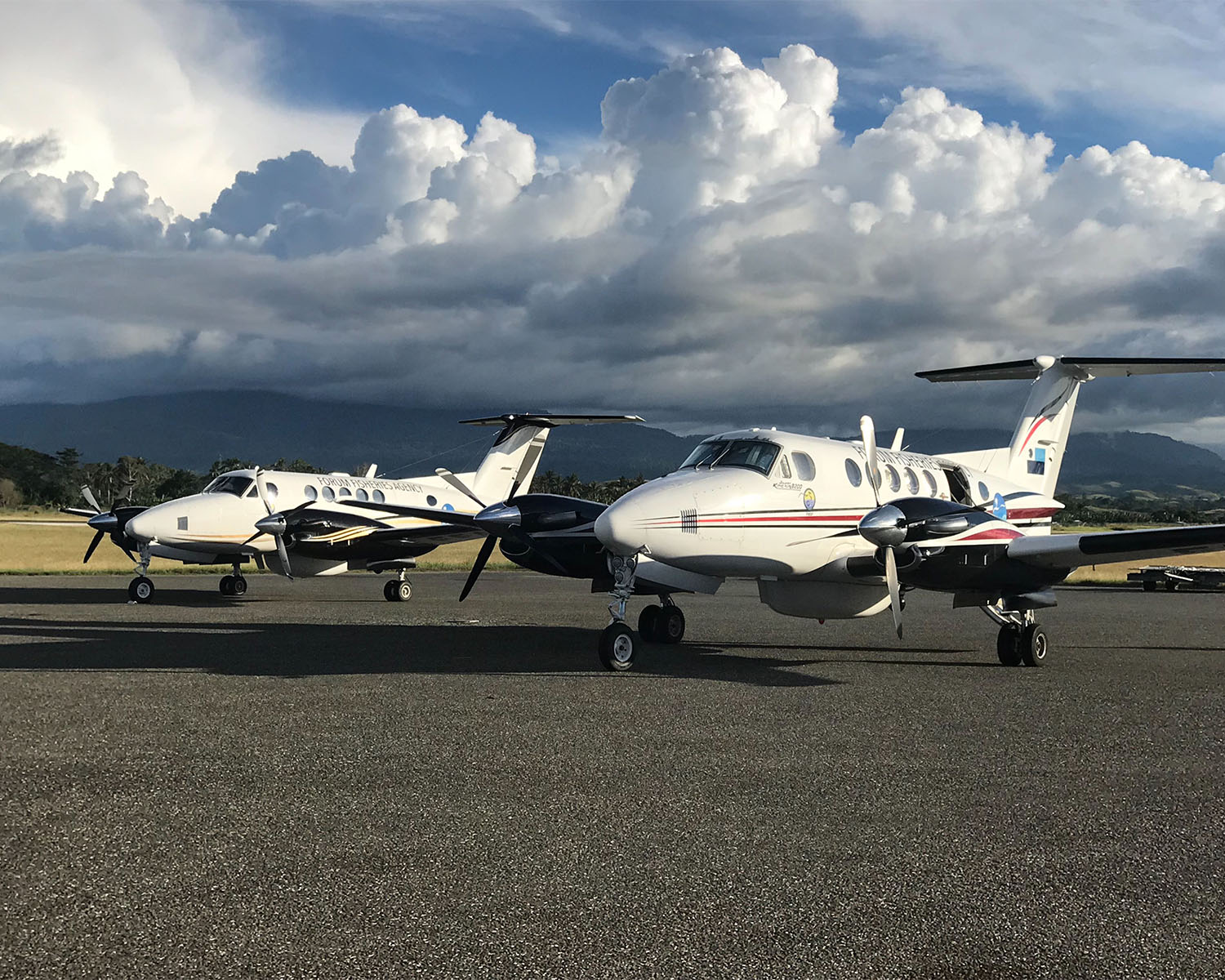
Sea Dragon
Platform agnostic Maritime Domain Awareness with mission selectable Intelligence Surveillance & Reconnaissance (ISR) payloads.
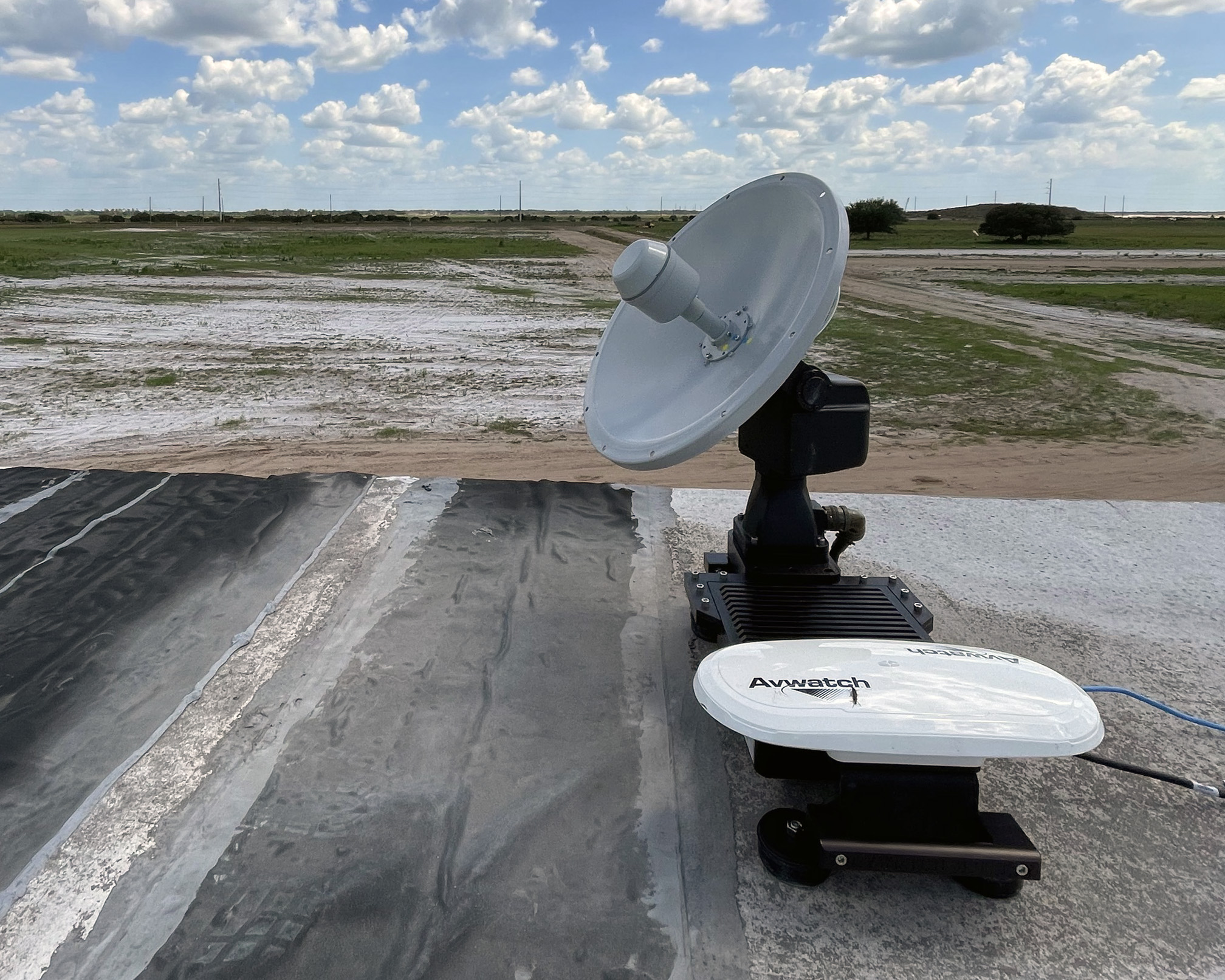
MTS
TSC’s Mobile Tracking Systems (MTS) offer simplified air-to-ground data links allow operators to focus on mission-critical tasks.
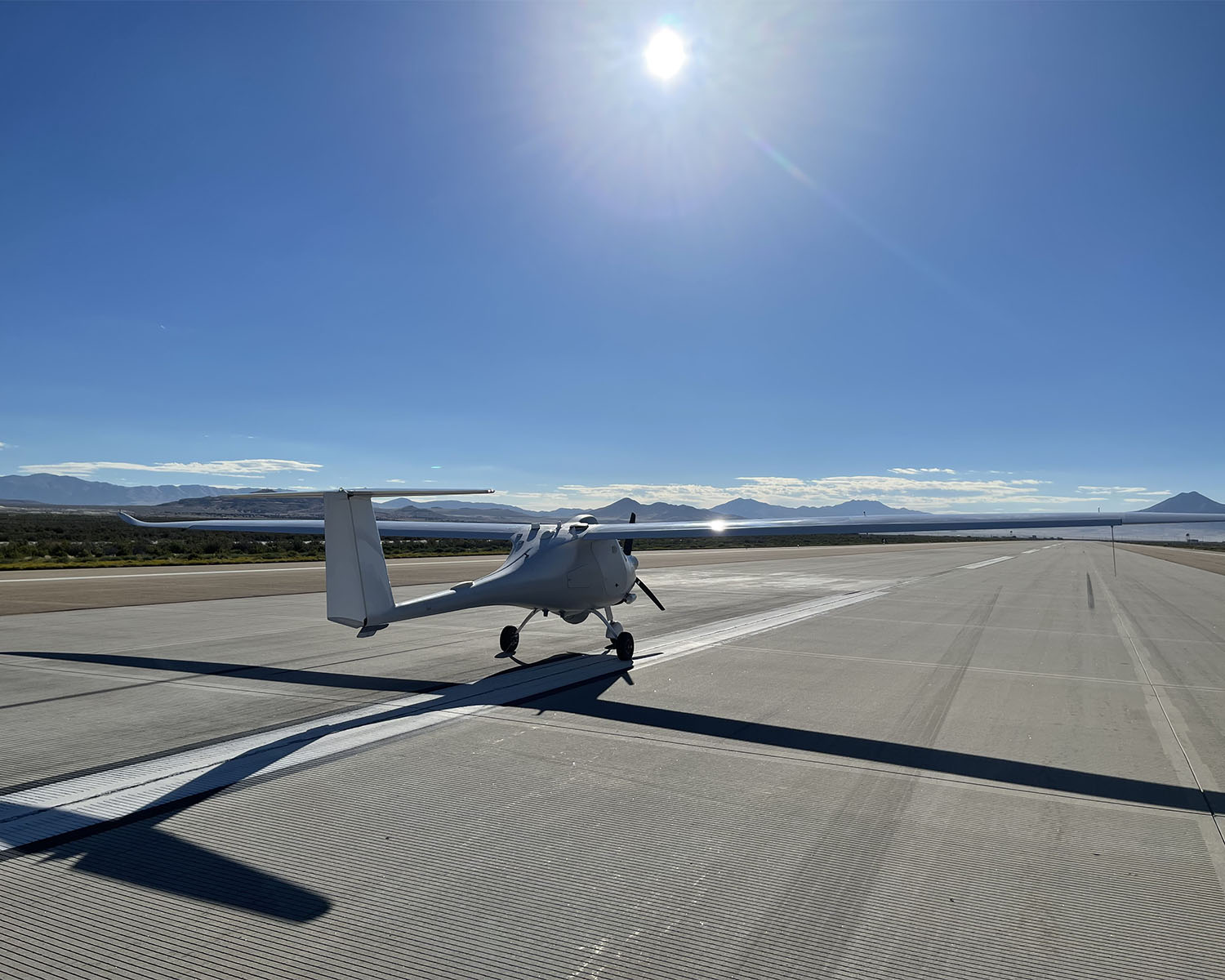
LEA
Our Long Endurance Aircraft (LEA) provides highly efficient ISR with customer selected data collection payloads.
Introducing Nathusius
TSC proudly unveils Nathusius, the next-generation, long-endurance commercial platform designed for enduring mission-critical operations. With unmatched operational efficiency and cost-effective lifecycle management, Nathusius is the ideal solution for missions ranging from maritime research and humanitarian aid to environmental monitoring and security services.
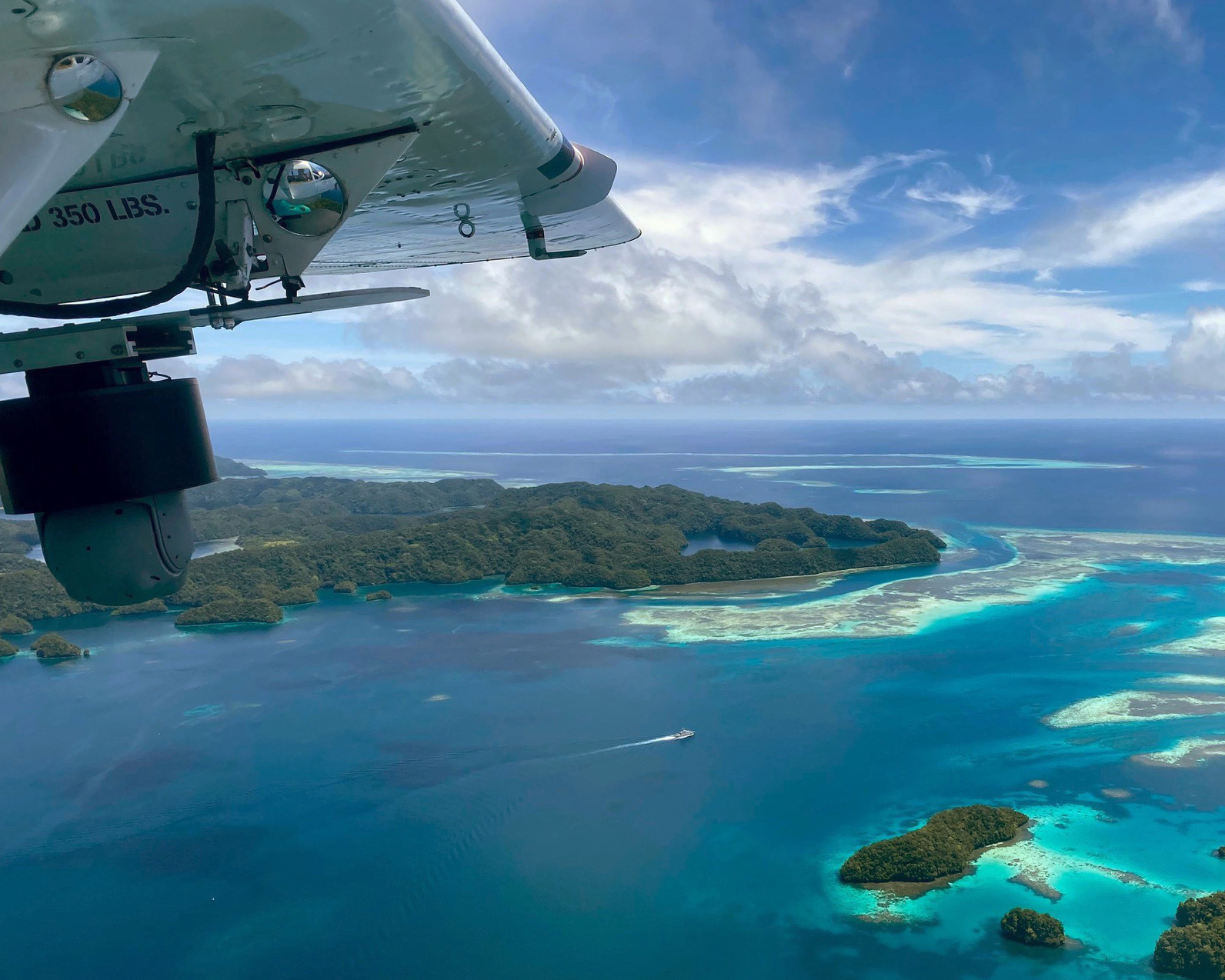
MISSION OPTIMIZED
Our platform agnostic solutions are rapidly customizable to meet your requirements. And we offer worldwide logistics support for GOCO, and COCO operations to ensure your mission success.
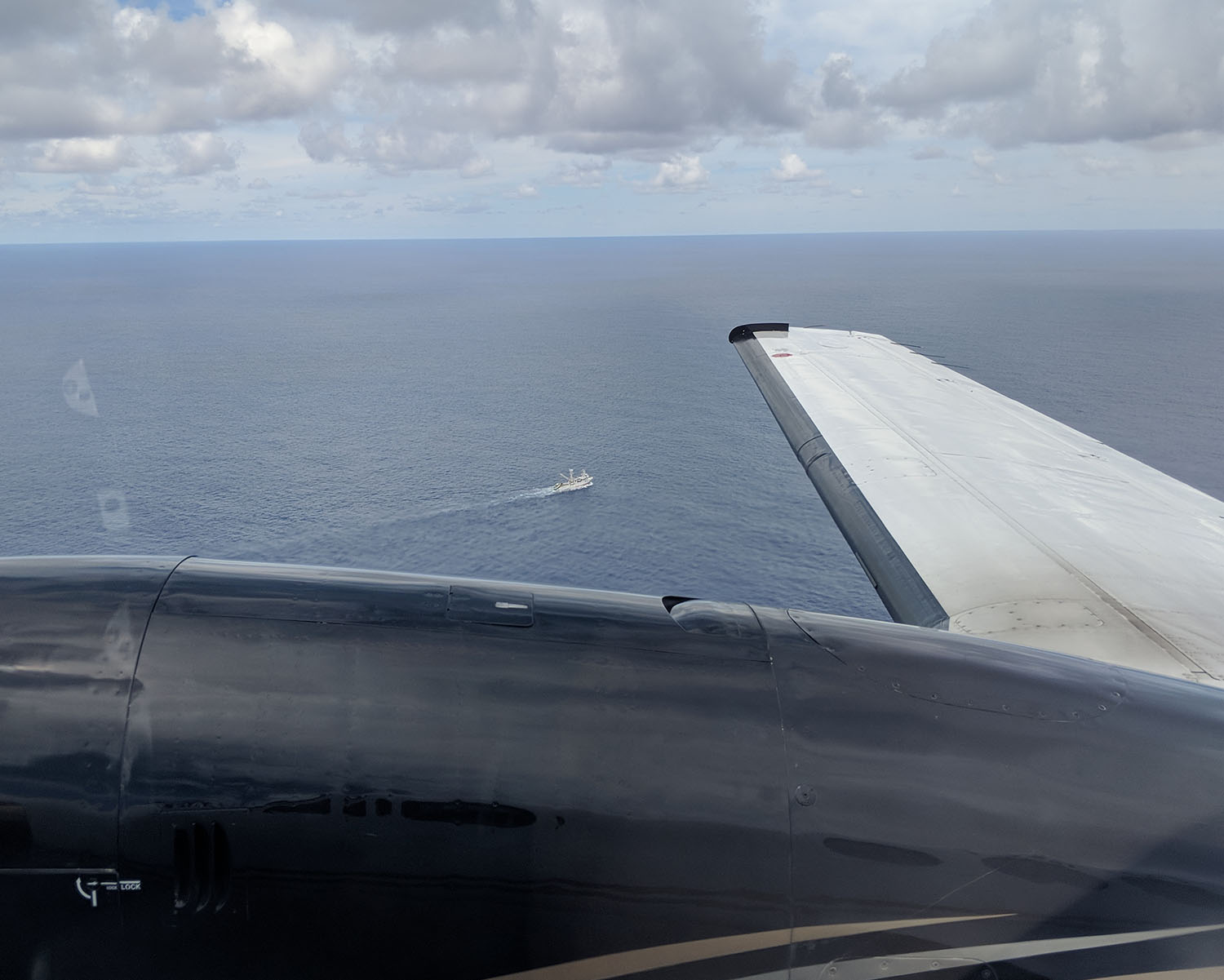
TIME ON TARGET
Flight endurance is critical to detect and track targets. Our solutions offer long flight endurance to ensure maximum time on target.
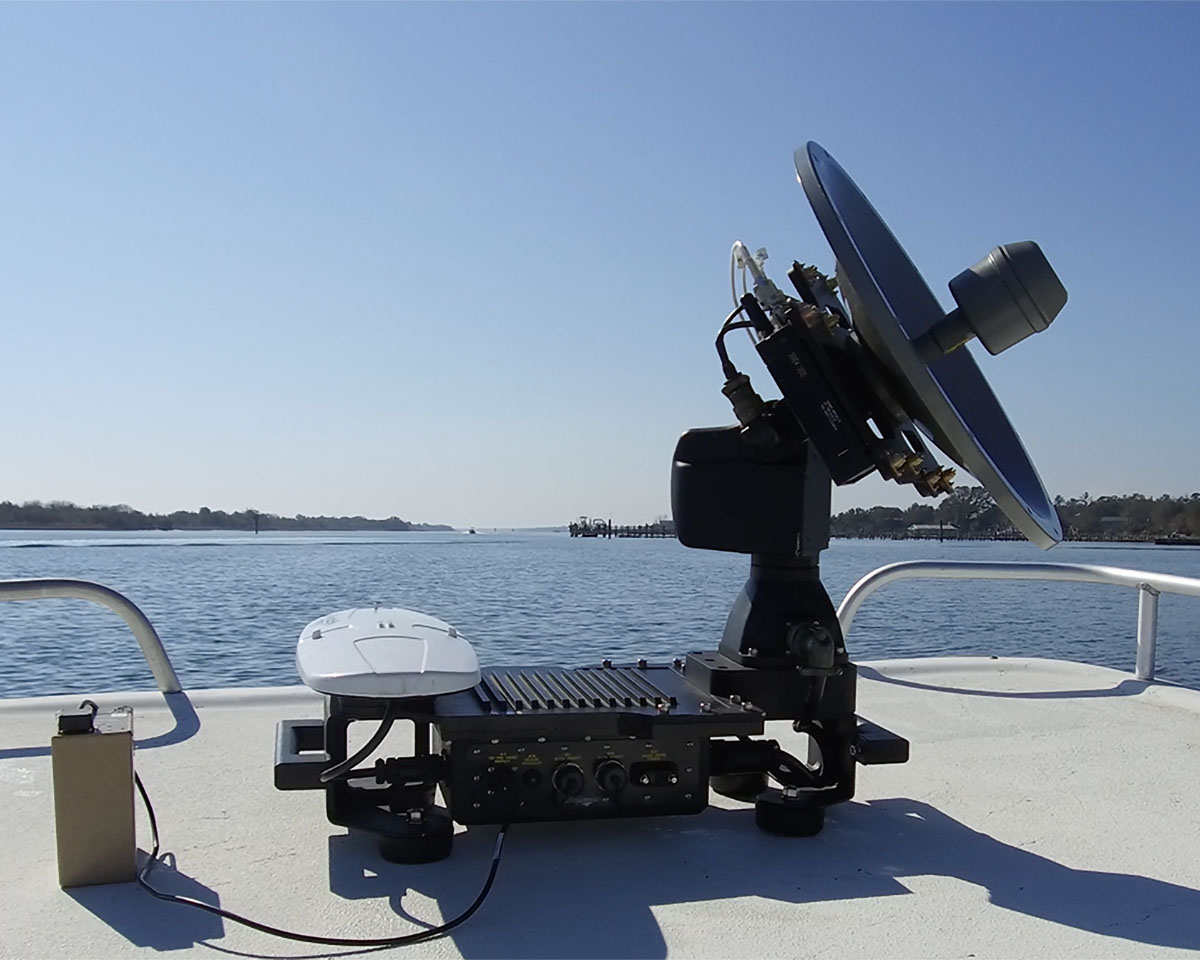
LOS and BLOS Capable
TSC data link capabilities include Line of Site (LOS) and Beyond Line of Site (BLOS) to ensure your mission success, any where, any time.

